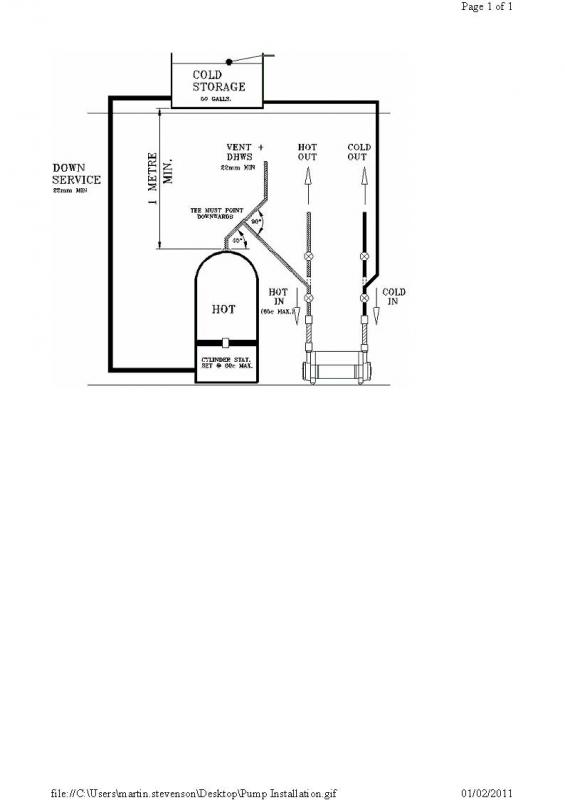- Joined
- 28 Sep 2016
- Messages
- 70
- Reaction score
- 0
- Country

Hi everyone
I'm looking to have a booster pump install into my house as the 2 showers my current system run are just not good enough.
I have a baxi solo boiler (not combo) and a gravity feed system, my header tank is in the loft it's a big tank and it feeds into the hot water tank in a bedroom airing cupboard below I'd say around 2m below the fill point of the tank.
Here are some pictures




The tank has the inlet to the right hand side bottom of the tank
The first and second picture I'm not too sure what they are? Is that the central heating booster?
Above the hot outlet is T'd off twice one leads to the shower one the other to the bathroom taps and bath tap/shower mixer and then down towards the downstairs hot taps.
Now I'm not a professional plumber obviously but I feel confident enough to fit a booster pump I have in the past fitted many sinks and baths etc and don't find that hard at all. But I don't know the best way to do it.
After doing some research I think I'm opting for a Stuart tuner pump that's number one.
bow would u guys go about plumbing this in?
I'm looking to have a booster pump install into my house as the 2 showers my current system run are just not good enough.
I have a baxi solo boiler (not combo) and a gravity feed system, my header tank is in the loft it's a big tank and it feeds into the hot water tank in a bedroom airing cupboard below I'd say around 2m below the fill point of the tank.
Here are some pictures
The tank has the inlet to the right hand side bottom of the tank
The first and second picture I'm not too sure what they are? Is that the central heating booster?
Above the hot outlet is T'd off twice one leads to the shower one the other to the bathroom taps and bath tap/shower mixer and then down towards the downstairs hot taps.
Now I'm not a professional plumber obviously but I feel confident enough to fit a booster pump I have in the past fitted many sinks and baths etc and don't find that hard at all. But I don't know the best way to do it.
After doing some research I think I'm opting for a Stuart tuner pump that's number one.
bow would u guys go about plumbing this in?


